Apple's mixed reality headset just got the announcement that could finally turn it into a serious gaming platform. After months of speculation, Apple has officially confirmed that PlayStation VR2 Sense controllers will be available for purchase through Apple's online store, per Apple (Newsroom / Apple Store product page). Starting November 11, you can grab the complete controller package with a charging station for $249.95.
But that is not the only major upgrade coming to the Vision Pro. The headset is also making the jump from the M2 to the more powerful M5 chip, according to Apple Gadget Hacks. This hardware refresh brings significant performance bumps that directly enhance gaming. The M5 can render 10 percent more pixels on the Vision Pro's high-resolution OLED displays, and it enables 120 Hz refresh rates when viewing real-world environments. Those are not just spec sheet numbers; they show up as smoother gameplay and more responsive mixed reality.
This is not just another accessory launch; it reads like a pivot in Vision Pro strategy. The company that once insisted eye and hand tracking would be enough is now acknowledging what VR fans have said for years. Serious gaming needs controllers.
Why controller support transforms Vision Pro's gaming potential
The PlayStation VR2 Sense controllers bring sophisticated haptic feedback, resistive triggers, and six-degrees-of-freedom tracking to Apple's headset, according to Apple Gadget Hacks. They pack a six-axis motion sensor system, position tracking via IR LED, and capacitive sensors for finger touch recognition, according to Heise. Add the adaptive buttons with haptic feedback that made the DualSense a hit with PlayStation 5 players, and you get a real feel in your hands.
Until now, most VR studios looked at the Vision Pro and said, thanks, but no thanks. The mix of a small player base and a lack of haptics with low-latency tracking made it a tough pitch, as reported by UploadVR. Picture trying to play a precision-heavy title with only hand waving and hoping that eye tracking catches your intent. It does not cut it. With 120 Hz refresh rates and pro-grade haptics, developers can finally target the kind of responsive, immersive experiences that define premium VR.
What this means for developers and game library expansion
Direct support for PlayStation VR2 controllers gives many VR developers a straightforward path to port games from other systems to Vision Pro, as explained by UploadVR. Instead of rebuilding control schemes around hand tracking, studios can lean on inputs that already work well in VR, now with the M5's improved rendering riding shotgun.
Apple is not waiting around for the market to notice. The company has begun reaching out to third-party developers to gauge interest in adding support for these controllers, according to The Gadget Flow. That outreach signals intent.
We are already seeing early commitments. Resolution Games announced Pickle Pro for pickleball training and competition on Apple Vision Pro with PlayStation VR2 controller compatibility, as reported by UploadVR. Maybe pickleball is not your idea of cutting-edge VR, but it shows developers are planning around this setup.
The integration is not just for games. The controllers can be used for productivity tasks and media editing too, according to The Gadget Flow. That fits Apple's broader view of Vision Pro as more than an entertainment box.
Technical requirements and enhanced performance capabilities
Controller support arrives through visionOS 26, and support for PS VR2 controllers is included in visionOS 26 (see Apple Newsroom / visionOS 26 notes). The timing matters; it lands roughly one and a half years after the headset's launch, as noted by UploadVR.
The M5 upgrade brings practical gains for play. Beyond the 10 percent boost in pixel rendering, battery life stretches to up to two and a half hours of general use and three hours of video playback, according to Apple Gadget Hacks. For gaming sessions, that extra runway, paired with 120 Hz refresh rates, means longer, steadier runs in your favorite titles.
Apple's choice to sell controllers separately rather than bundle them tracks with its pricing playbook. In its WWDC 2025 press messaging, according to UploadVR, the company framed it as a way to keep the base Vision Pro price in check while letting buyers add gaming if they want.
A bit of irony does sneak in. Sony has sold more PlayStation VR2 headsets, which include these controllers, than Apple has shipped Vision Pro units, as reported by UploadVR. There may be more controllers out there than headsets ready to pair with them.
The broader impact on Apple's VR strategy
This partnership marks a real shift from the original pitch. When Apple unveiled Vision Pro in June 2023, it argued that eye and hand tracking were enough for all interactions, according to Heise. The controller-free approach promised a tidier setup and less to carry, as noted by Heise.
The market had other ideas. Hand and eye tracking shine for many tasks, yet they hit limits in fast, tactile games. Partnering with Sony instead of building proprietary controllers shows a pragmatic move to expand the market. Apple has no plans to develop its own controller anytime soon, as reported by The Gadget Flow, which makes this tie-up more necessity than nice-to-have.
Apple hopes dedicated controllers will give visionOS fresh momentum with game developers, according to Heise. That puts Vision Pro in the ring with platforms like Meta's Quest series, while it keeps its edge in productivity and media.
What comes next for Vision Pro gaming
The combined impact of M5 performance gains and PlayStation VR2 controller support feels like a platform reset, not a minor spec bump. With 10 percent more pixel rendering power and 120 Hz refresh rates, plus controllers with precise tracking and robust haptics, according to Apple Gadget Hacks, developers finally have the processing headroom and input fidelity needed for AAA-style VR.
Apple's developer outreach hints at more than new hardware; it looks like an ecosystem play, as noted by The Gadget Flow. The company is courting studios that once saw the platform as a nonstarter.
The implications go beyond games. By loosening its grip on a controller-free philosophy and embracing best-in-class third-party gear, Apple signals a more collaborative approach that could pull in creators and enterprise users who want precise tools.
The $249.95 price tag might raise an eyebrow, yet these are the same high-quality controllers that ship with Sony's PlayStation VR2. For Vision Pro owners waiting to unlock real-deal VR gaming on a pricey headset, this combo of hardware and software finally looks like the key.








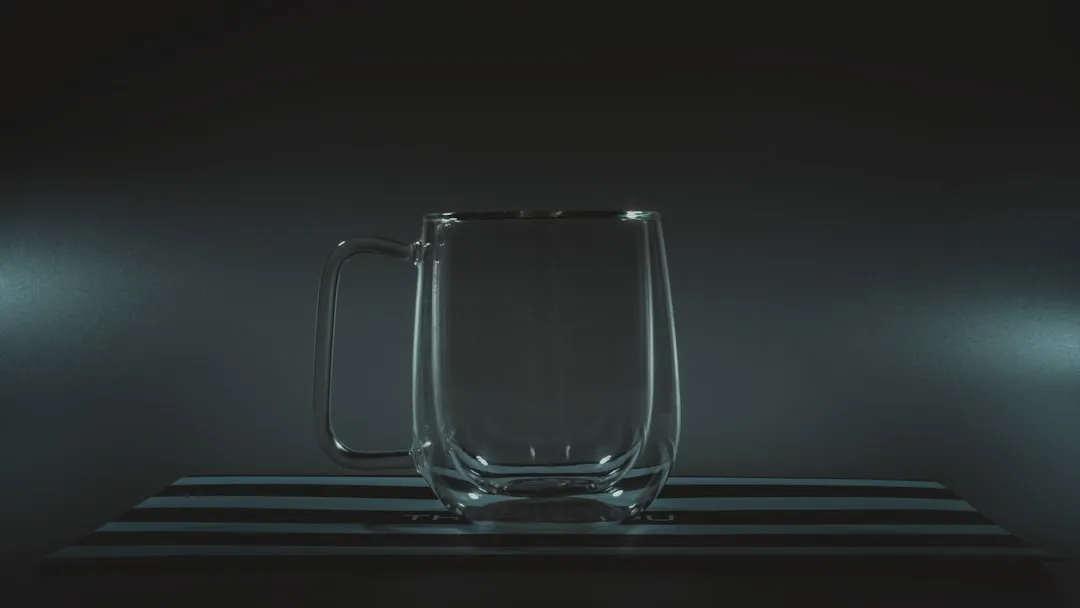

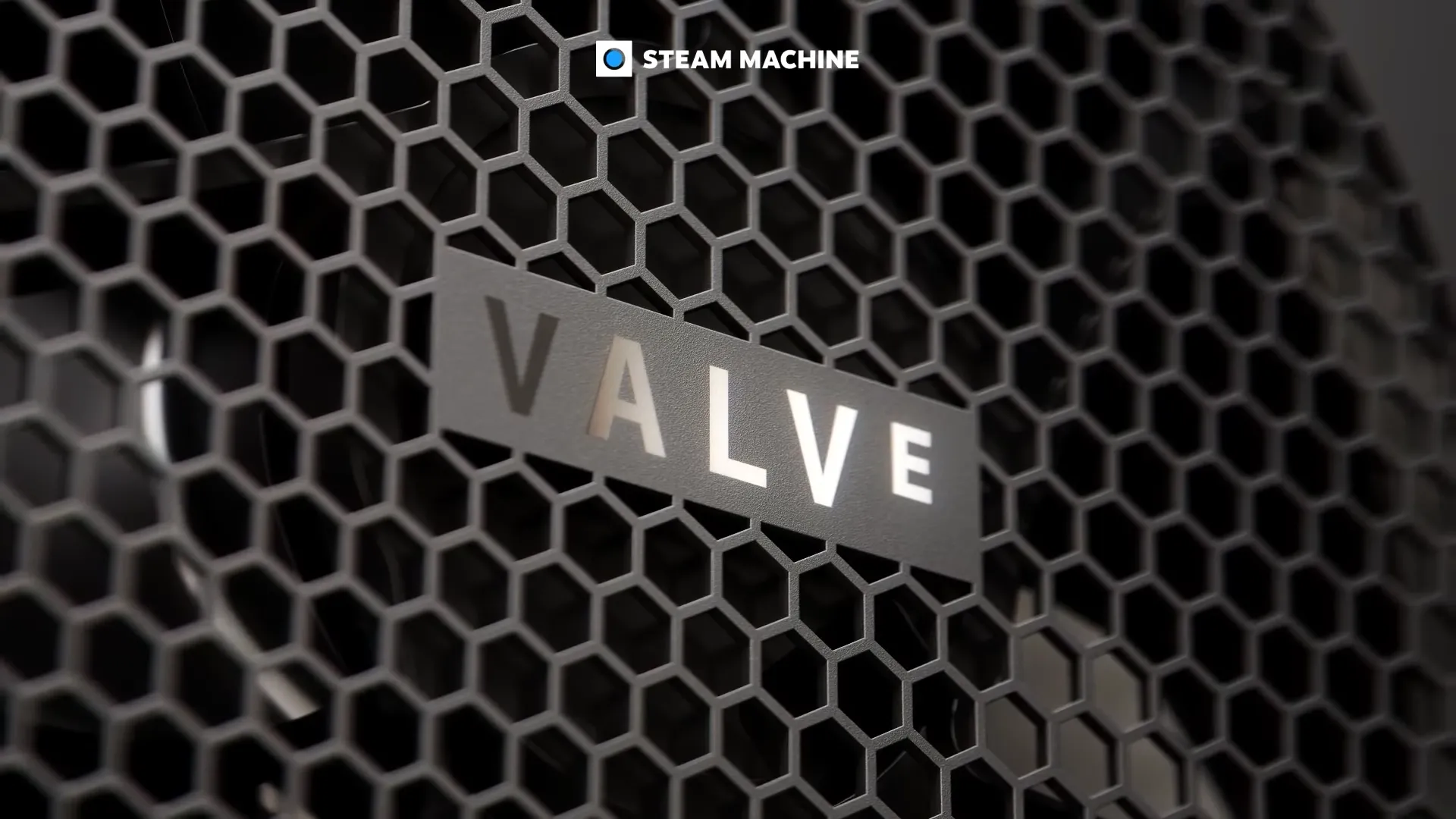





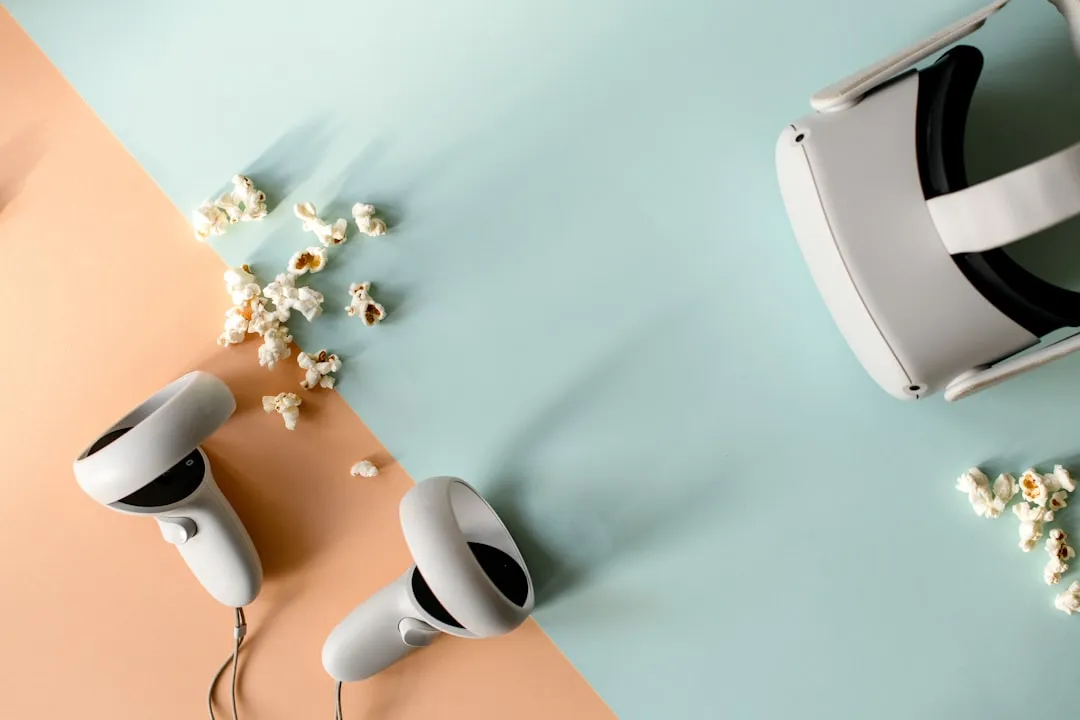
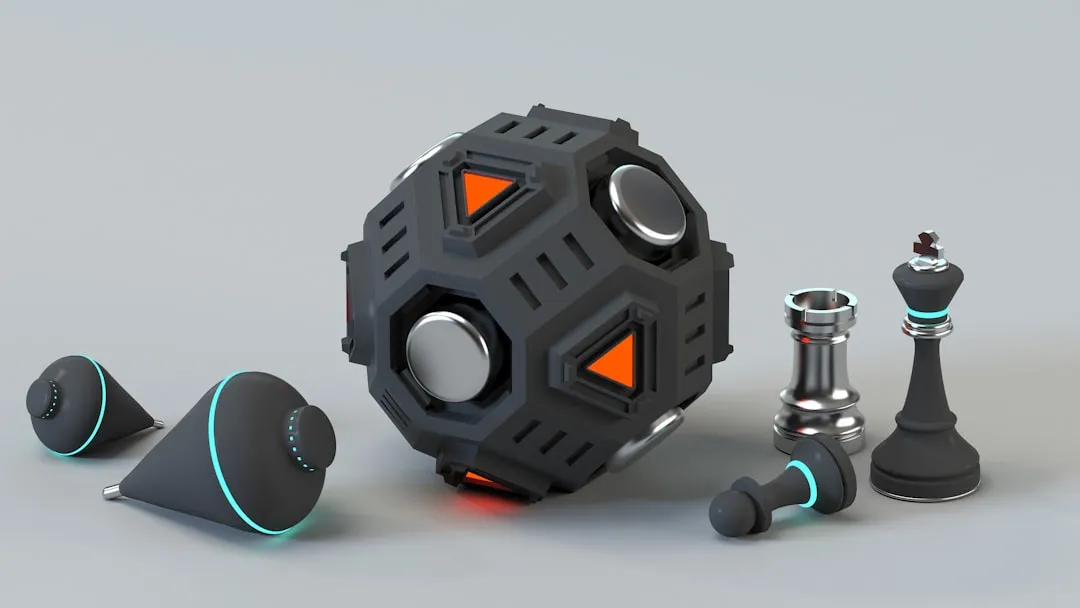

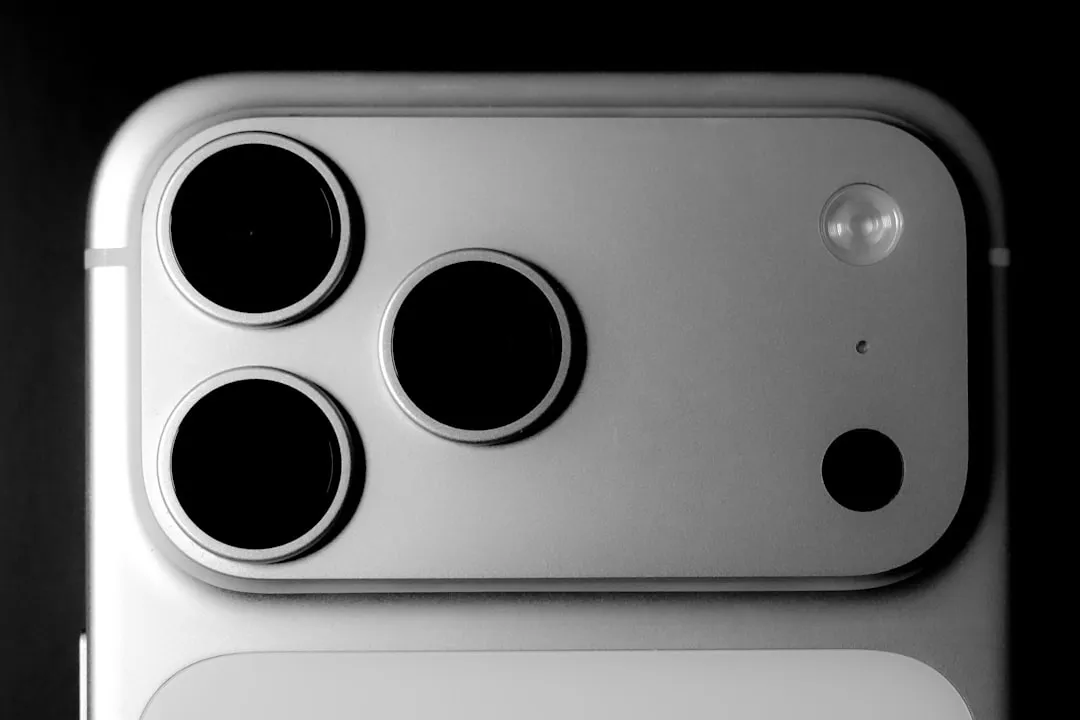
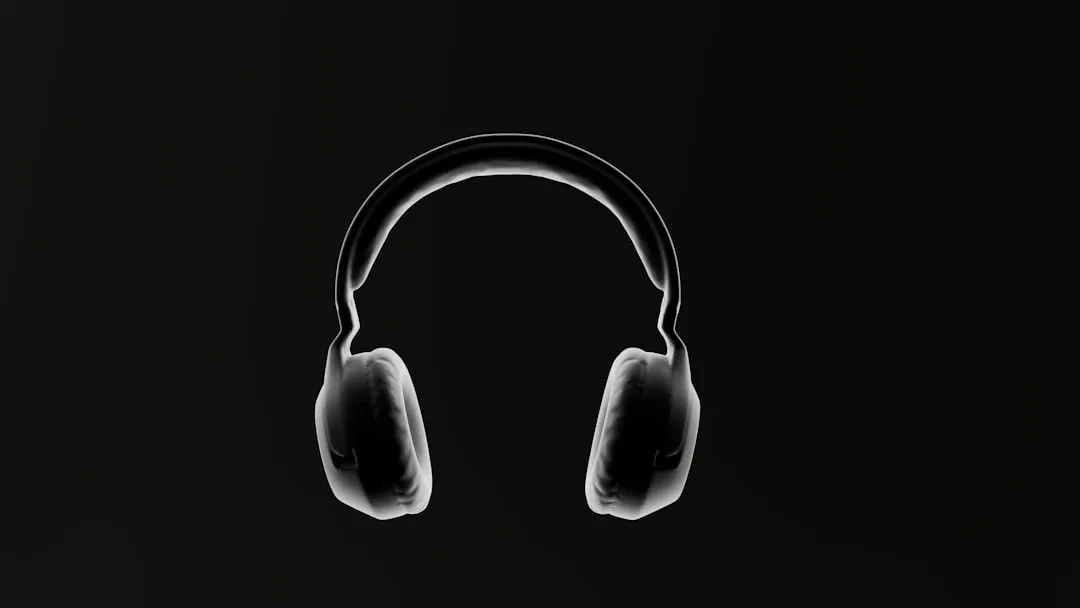


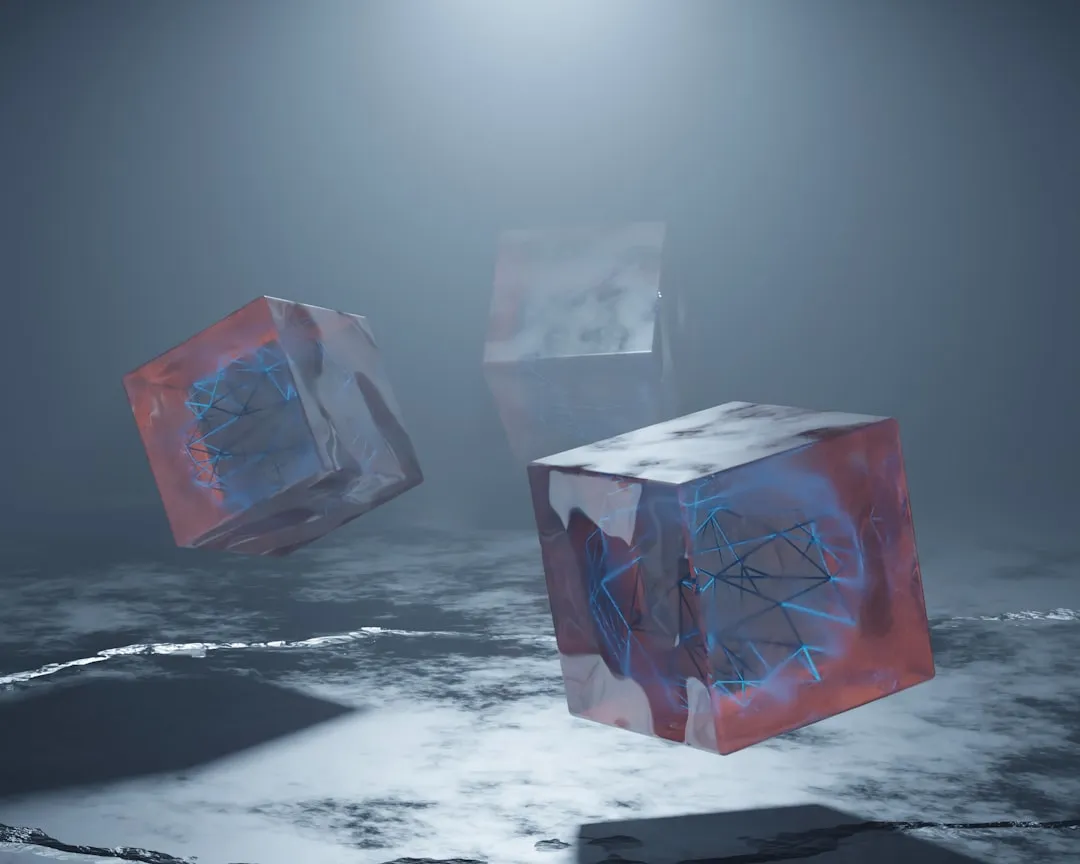



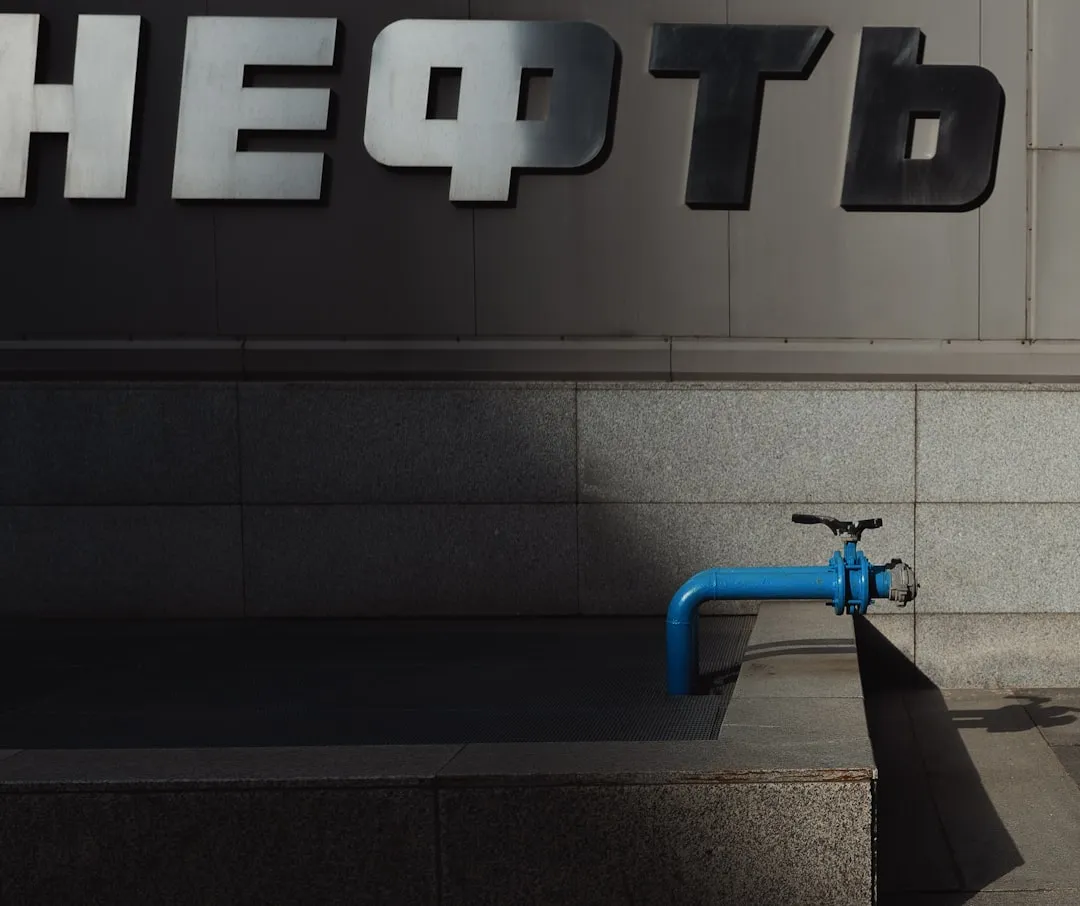
Comments
Be the first, drop a comment!